Blog Detail
Table of Contents
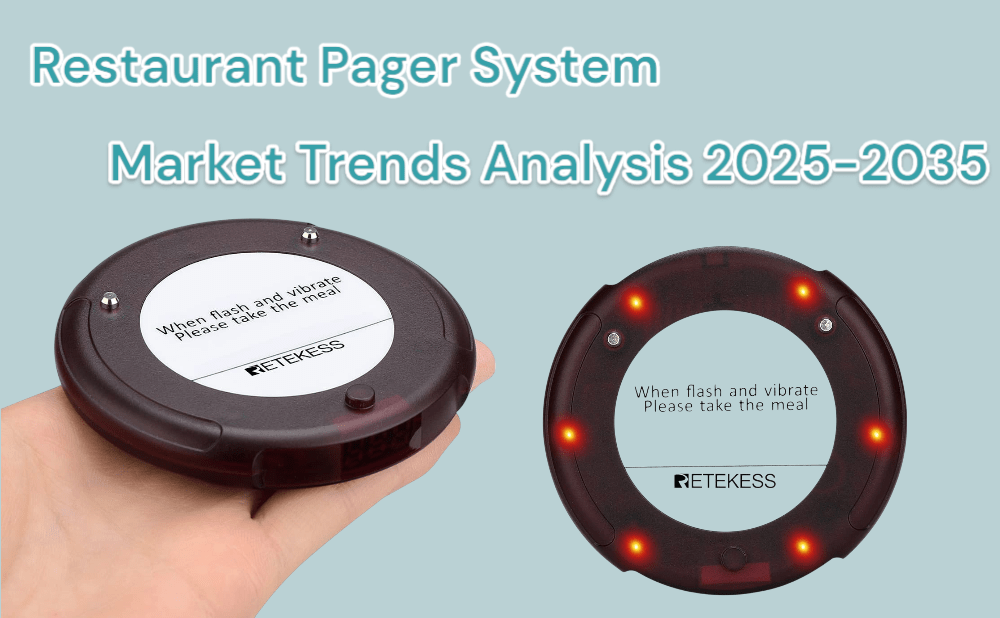
Restaurant Paging System Market Insights: Current Status, Trends and Future Prospects
- Sophia
- May 13, 2025
- 0 Comments
In today's fast-paced life, the restaurant industry is constantly seeking innovative solutions to improve customer experience and operational efficiency. Restaurant paging systems, as one of the important technologies, are gradually becoming standard in the catering industry. Today, let's take a deep look at the restaurant paging system market.
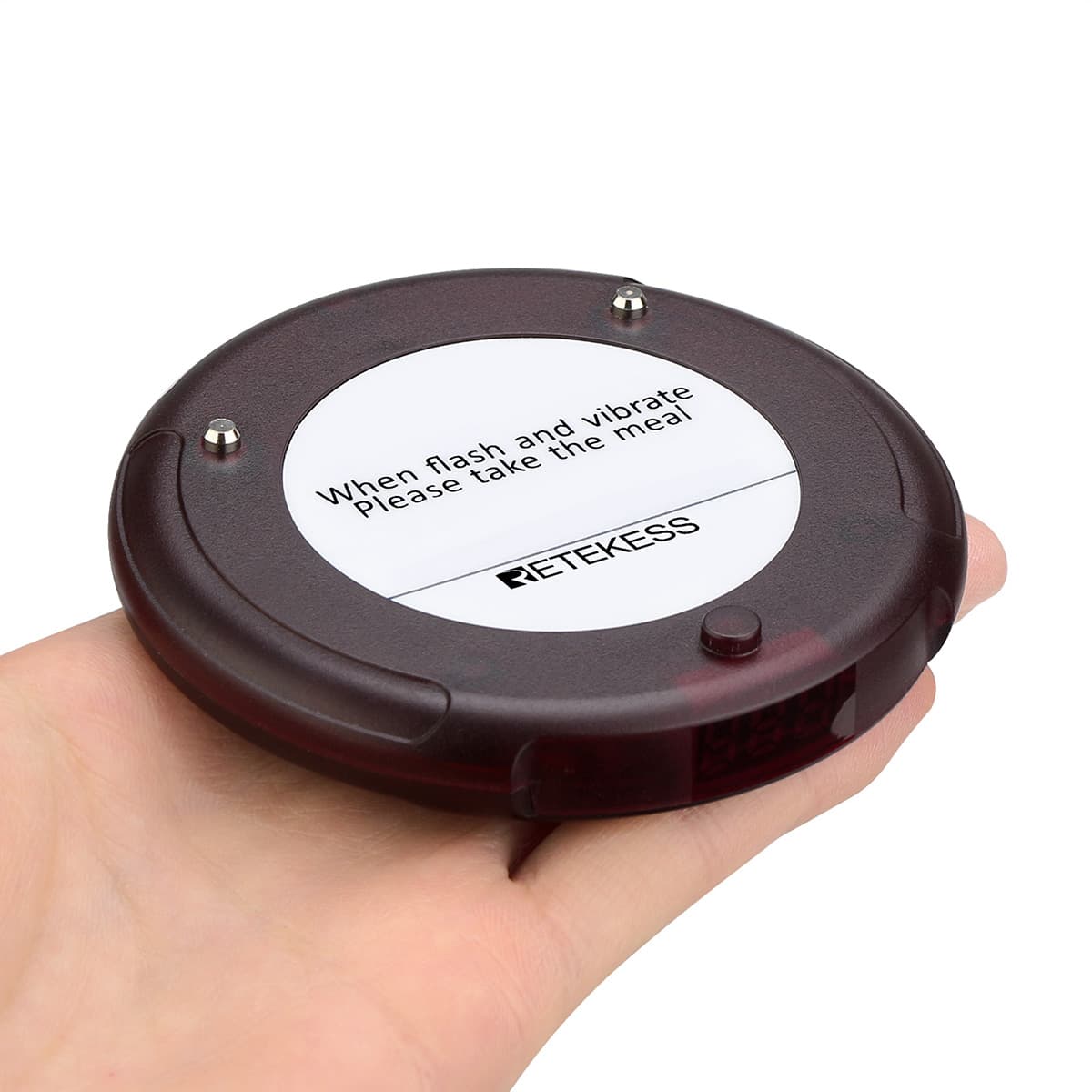
https://www.retekess.com/categories/guest-paging-system/
Market Size and Growth Forecast
The restaurant paging system market has shown strong growth in recent years. In 2024, the market size reached US$1.2 billion and is expected to grow at a compound annual growth rate of 9.2% from 2026 to 2033, reaching US$2.5 billion by 2033. The global restaurant paging market is expected to grow at a compound annual growth rate of approximately 8.2% between 2023 and 2030, showing good development prospects in both developed and emerging markets.
Market Drivers
Demand for an Enhanced Customer Experience
Consumers’ demand for dining out continues to increase, with consumers spending $899 billion on dining out in 2022 in the United States alone, according to research by the National Restaurant Association. As restaurant traffic increases, efficient customer management becomes key to maintaining high customer satisfaction. Restaurant paging systems can reduce customer waiting time, optimize service processes, and provide a seamless experience for customers and employees.
Advances in Wireless Technology
Improvements in wireless communication technologies such as Bluetooth and Wi-Fi have made restaurant paging systems more reliable and cost-effective. These innovative technologies allow paging systems to be better integrated with restaurants’ point-of-sale systems and other digital management tools, thereby improving operational efficiency. In addition, the COVID-19 pandemic has accelerated the trend towards contactless interactions, and customers are more inclined to reduce physical contact when dining, which has further driven the demand for restaurant paging systems.
Market Restraints
High Initial Investment Cost
For small restaurants, the initial investment cost of implementing a paging system can be a huge barrier. This includes not only the purchase cost of the pagers, but also the cost of integrating the system into the existing infrastructure. These costs can be prohibitive for small and medium-sized restaurants, limiting the adoption of paging systems.
Maintenance Issues with Wireless Communication Systems
Despite advances in technology, maintaining wireless communication systems and ensuring coverage remains problematic in some restaurant environments. Pagers can experience signal interference, especially in large venues or areas with poor network infrastructure. To ensure the proper functioning of the system, restaurant owners may need to invest in additional infrastructure improvements, further increasing costs.
Market Opportunities
Integration of Digital Ordering Systems and Mobile Apps
Many restaurants are integrating paging systems with digital ordering platforms to provide greater convenience and seamless service to customers. This presents an opportunity for paging system providers to offer integrated solutions that combine mobile ordering, payment, and queue management into one ecosystem, improving operational efficiency and reducing the burden on staff.
Expanding into New Geographic Regions
Developing markets such as Asia Pacific, Latin America, and Africa hold great potential for restaurant paging systems. There is an increasing demand for modern dining experiences in these regions, and as consumer spending grows, so will the need for efficient customer management systems. According to Statista, global restaurant industry revenue is expected to exceed $4.3 trillion by 2027, providing ample growth opportunities for players in the restaurant paging system market.
Market Challenges
Intense Market Competition
As technology continues to evolve, many companies are vying for market share and offering similar products. This intense competition can drive down profit margins and make it difficult for companies to stand out. Many restaurant paging systems have become more standardized in terms of features, such as vibration alerts and customized messages, making it more difficult for customers to choose between different vendors.
Meeting the Changing Needs of the Restaurant Industry
The restaurant industry’s growing demand for personalized and technologically advanced experiences has challenged paging system providers. Today, restaurants require paging systems that go beyond basic functionality, such as integrated artificial intelligence, customer data analytics, and other advanced features. This requires significant investment in R&D and technology development, and companies must keep up with market trends and continue to innovate to remain competitive in a rapidly changing market.
Market Segmentation and Key Players
The restaurant paging system market can be segmented based on multiple dimensions, including pager type (numeric pagers, vibration pagers, smartphone app-based pagers, vibration and light pagers), technology (RF, infrared, Bluetooth pagers, Wi-Fi-based systems), end-users (full-service restaurants, fast casual restaurants, fast food chains, cafes and bakeries, bars and pubs, food courts), features (standard paging systems, advanced call systems, customer notification alerts, table management features, integration with point-of-sale systems), sales channels (direct sales, distributors/wholesalers, online retailers, service providers), and geographic regions (North America, Europe, Asia Pacific, Middle East and Africa, Latin America).
The key players in the market include Retekess, JTECH, Pagertec, Trivec, Pager Genius, Brighton Technologies Group, Long Range Systems, VEVOR, Ningbo Dingyang Technology Ltd, Hanchen, Daytech Group Co., LIMITED, etc.
In conclusion, the restaurant paging system market has a promising future, but it also faces some challenges. As technology continues to advance and the market continues to develop, companies that can provide innovative solutions and meet the changing needs of the restaurant industry will gain an advantage in the market. For restaurant owners, choosing the right paging system will help improve customer experience and operational efficiency, and stand out in the fierce market competition.

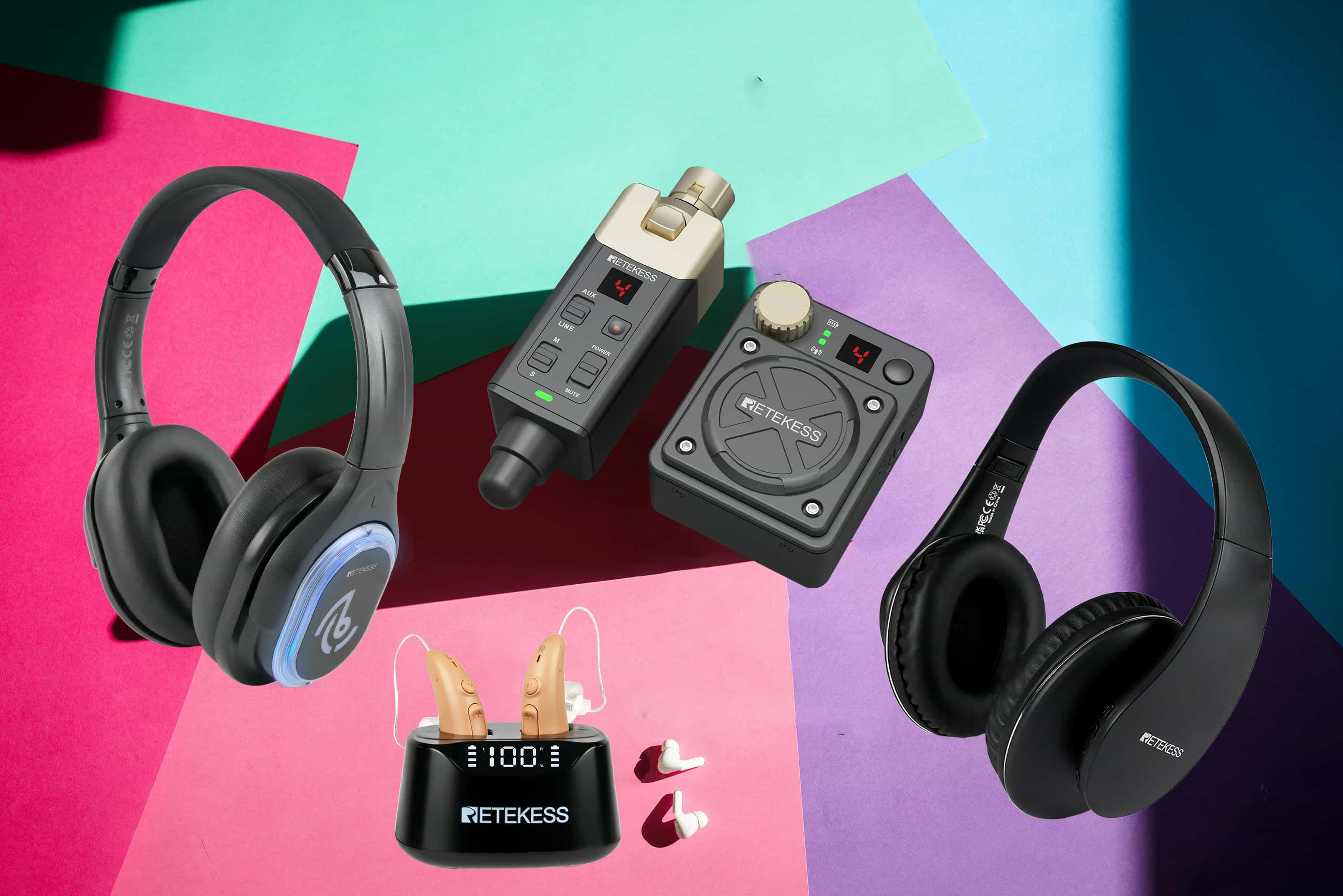
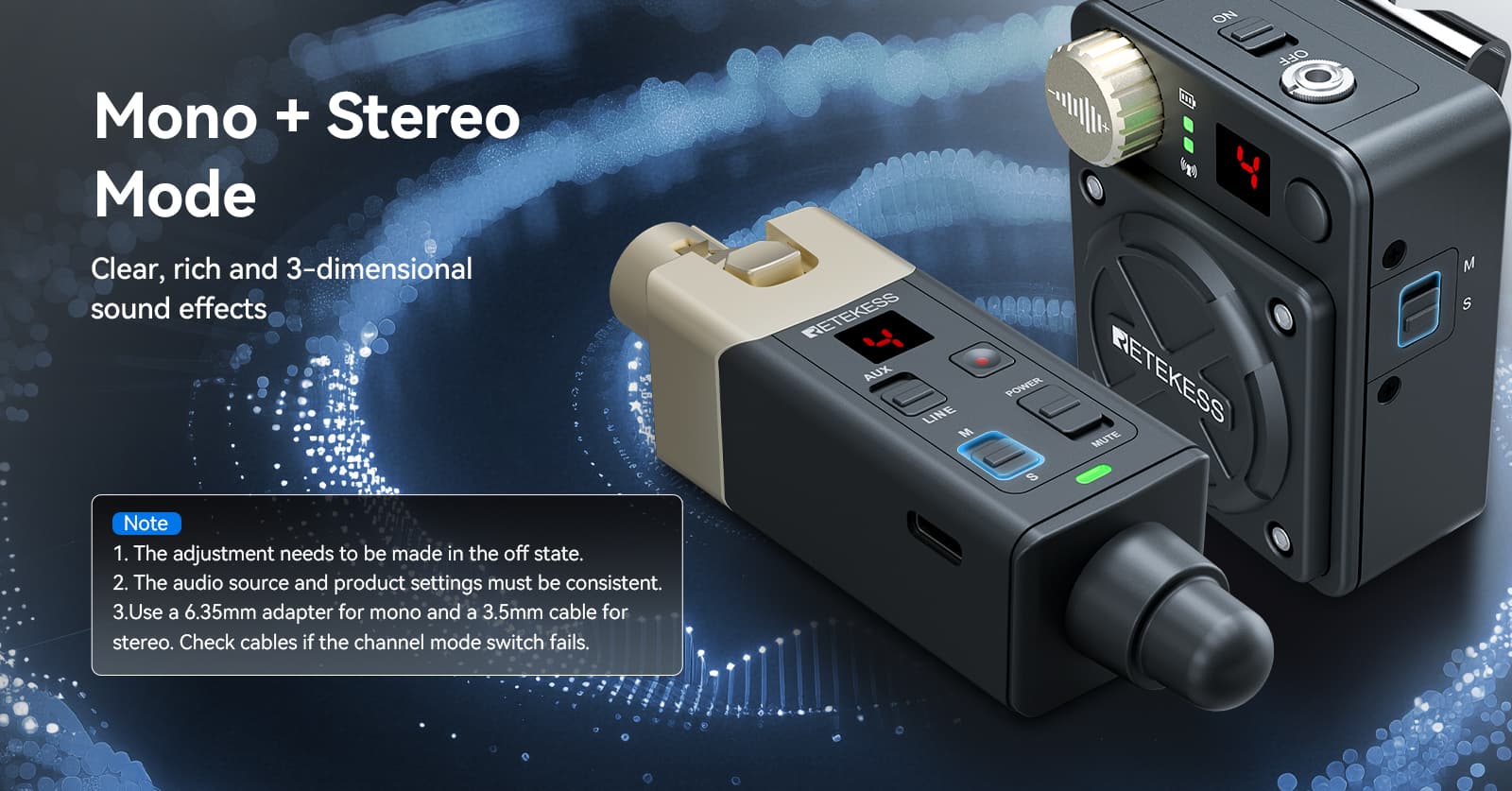



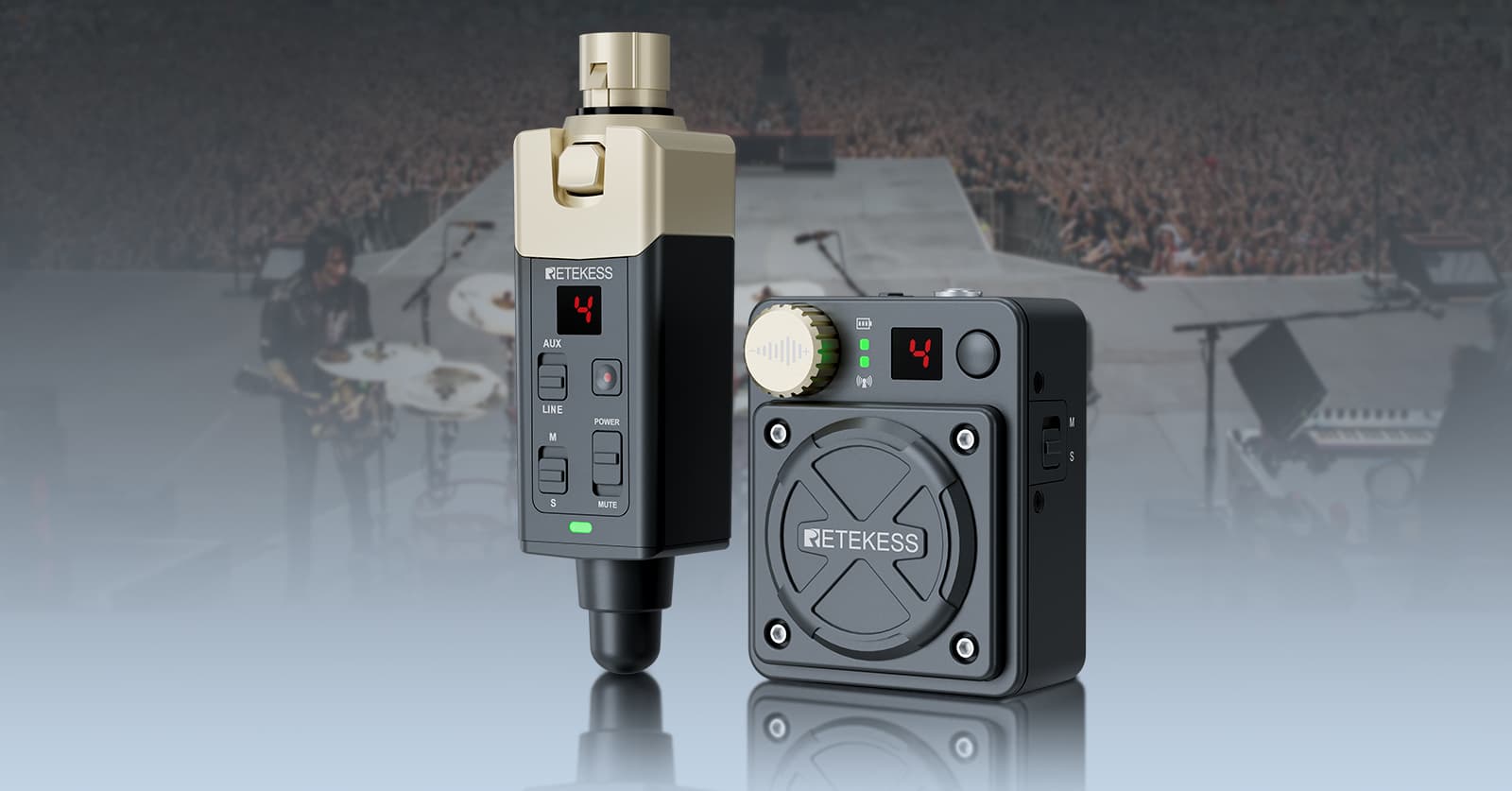





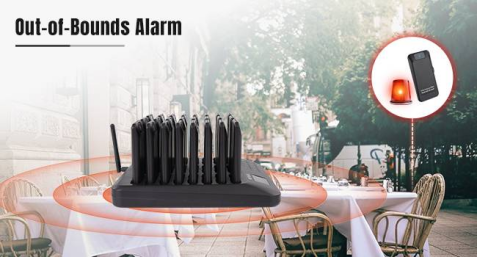









Comments (0)